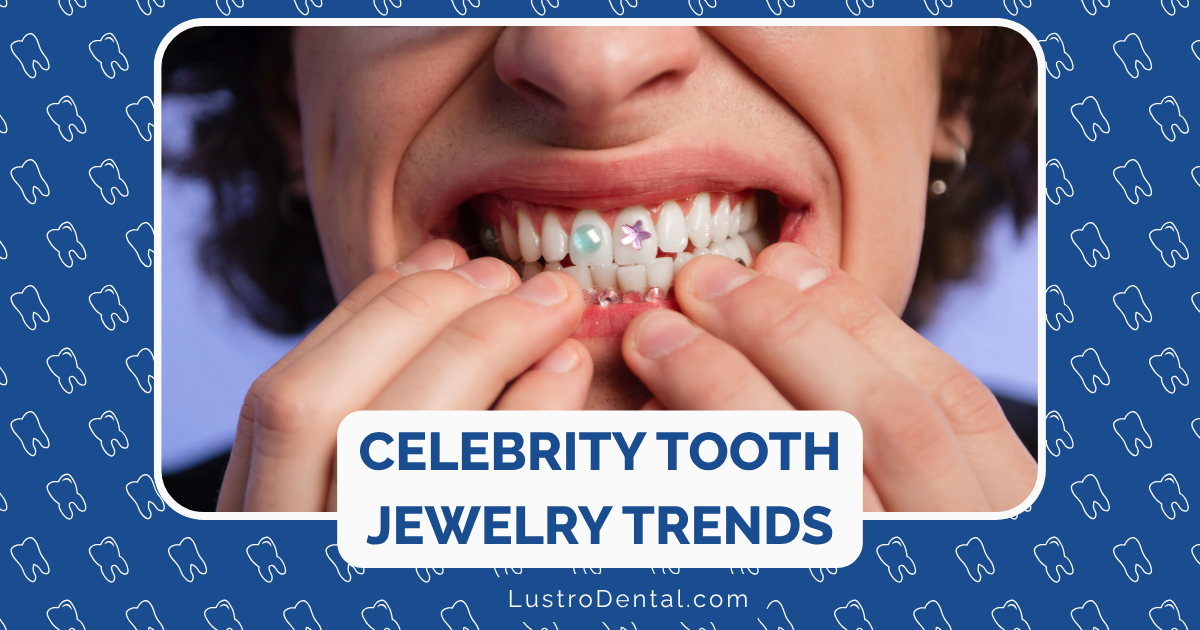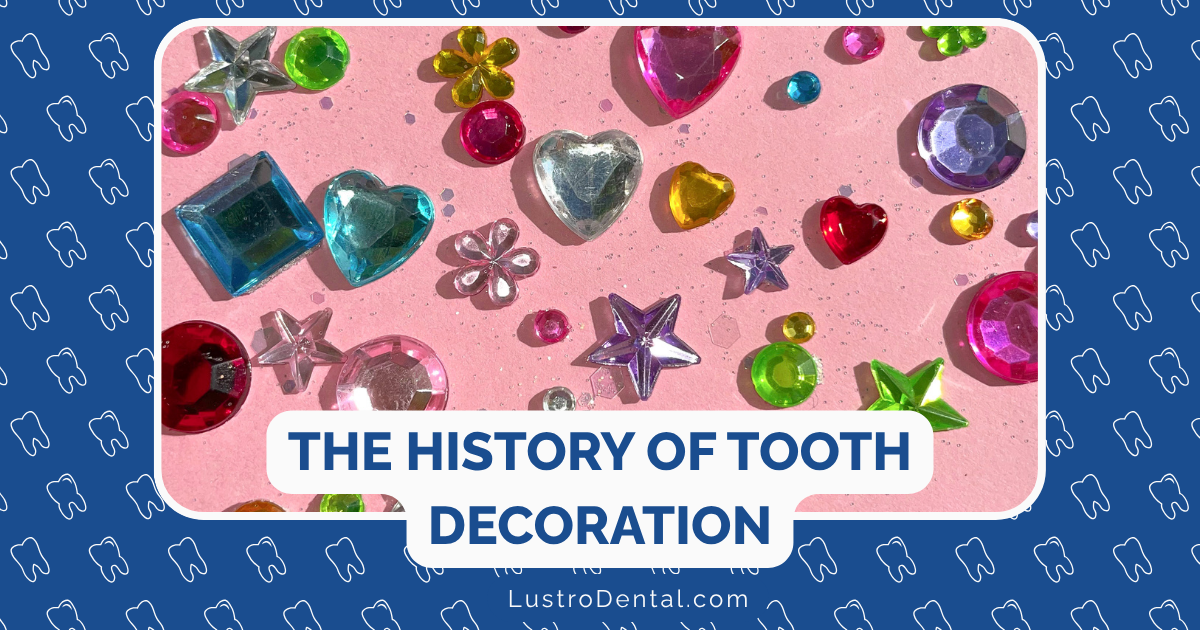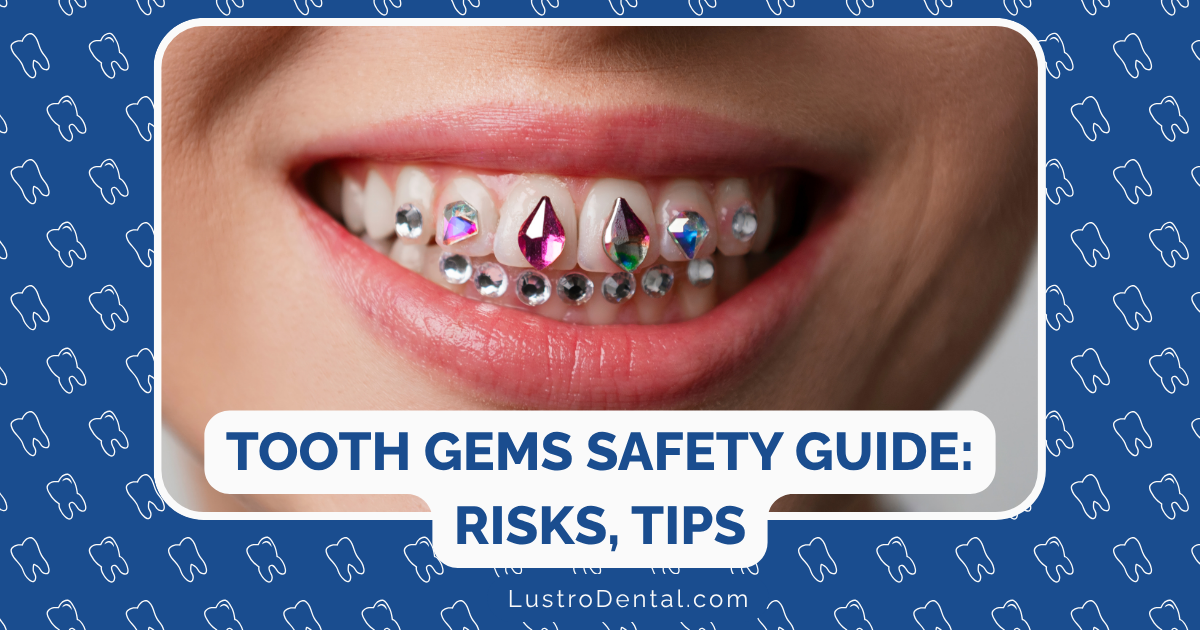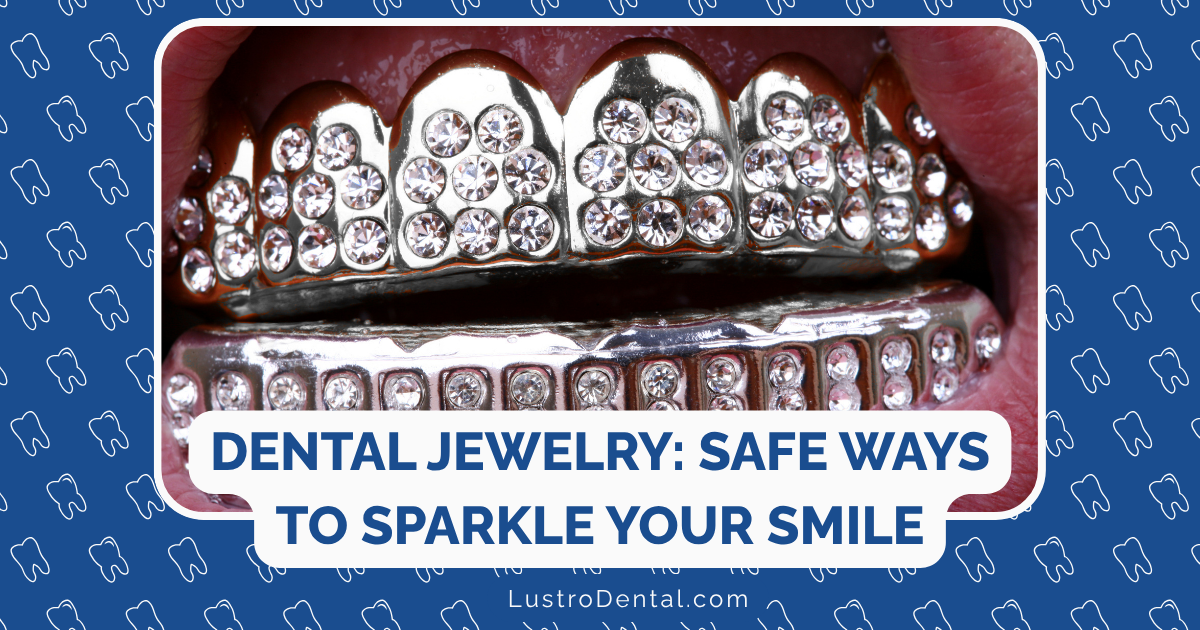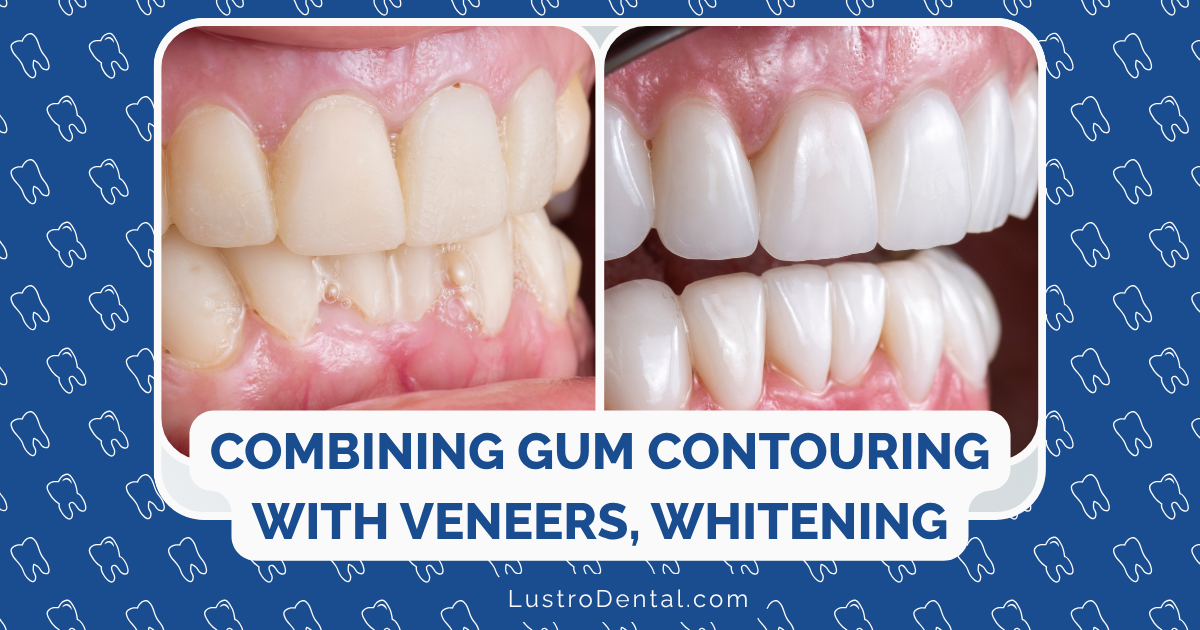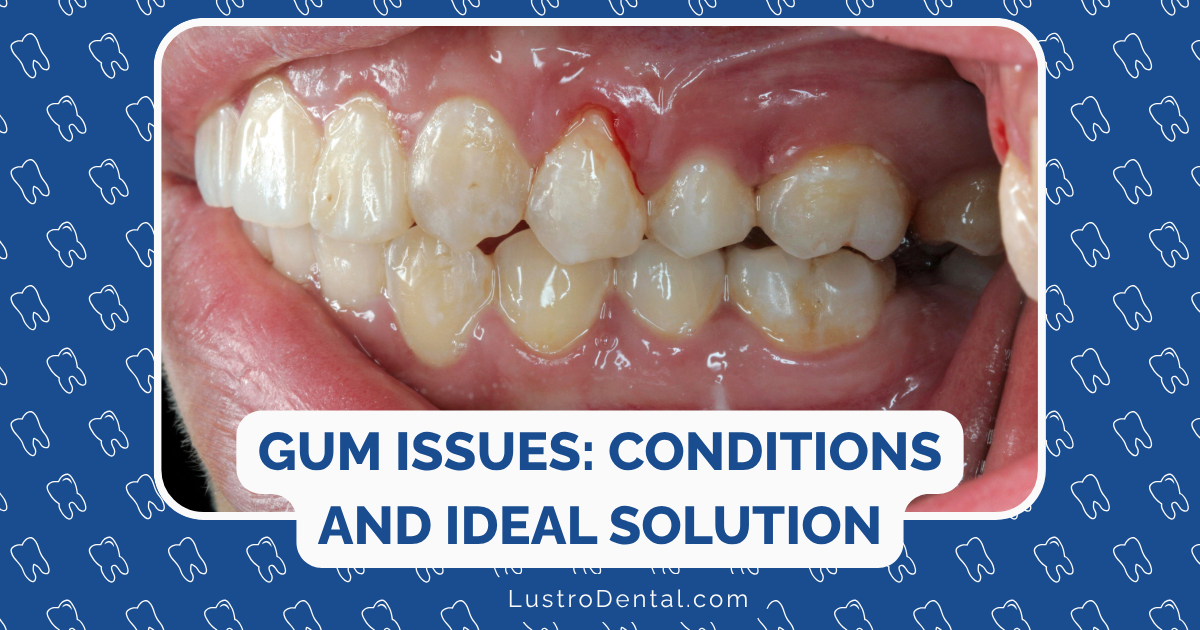Temporary vs. Permanent Tooth Jewelry: Options, Application, and Removal
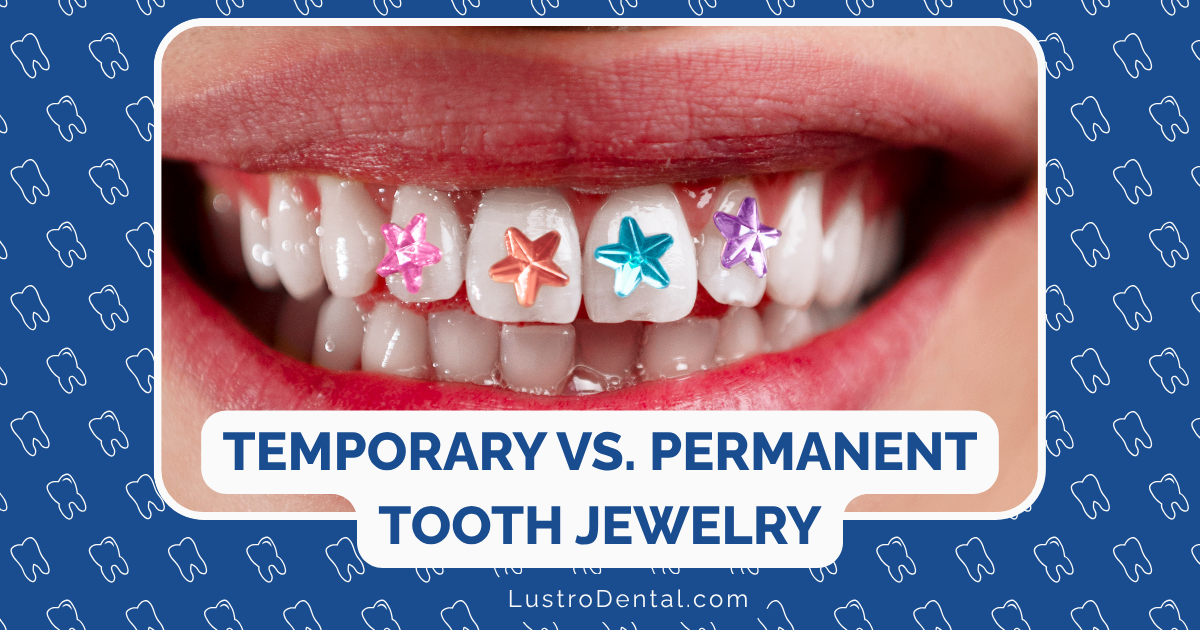
The trend of decorating teeth with jewelry has gained significant popularity in recent years. As a dental health advocate, I’ve received countless questions from patients curious about tooth gems, grillz, and other dental adornments. The most common concern? Understanding the difference between temporary and permanent options—and which is safer for long-term dental health.
This comprehensive guide examines both temporary and permanent tooth jewelry, detailing application methods, removal processes, and the crucial safety considerations you should understand before adding some sparkle to your smile.
Types of Tooth Jewelry: Temporary vs. Permanent
Tooth jewelry falls into two main categories: temporary (or semi-permanent) and permanent. The distinction is important, as it affects everything from application methods to potential risks.
Temporary Tooth Jewelry Options
Temporary tooth jewelry is designed to be removable without permanent alteration to your natural tooth structure. Options include:
1. Tooth Gems/Crystals
What they are: Small decorative crystals or jewels bonded to the tooth surface with dental-grade adhesive.
Popular varieties:
- Skyce: High-quality clear crystals available in 1.9mm and 2.4mm sizes
- Twinkles: Gold and precious stone designs (often set with diamonds, sapphires, or rubies)
- Rainbow Crystals: Less expensive options available in multiple colors and shapes
Longevity: Professional-grade tooth gems typically last 6 months to 2 years, while at-home applications may only last a few weeks.
Cost: $50-$100 for basic crystals, $200-$1,000+ for gold or diamond options, and $300-$1,500 for custom designs.
2. Removable Grillz
What they are: Custom-fitted decorative covers that slip over the teeth.
Popular varieties:
- Traditional Grillz: Made from gold, silver, or platinum
- Iced-Out Grillz: Decorated with diamonds or cubic zirconia
- Snap-On Grillz: Pre-made options that don’t require custom fitting
Longevity: With proper care, removable grillz can last several years, though the fit may change if your teeth shift.
Cost: $100-$500 for basic models, up to several thousand dollars for custom precious metal designs.
3. Dental Tattoos/Crystal Tattoos
What they are: Temporary designs that adhere to the tooth surface for a short period.
Longevity: Usually last a few days to a week.
Cost: $30-$100 per application.
Permanent Tooth Jewelry Options
Permanent tooth jewelry involves irreversible modification of the tooth structure. Options include:
1. Embedded Tooth Gems
What they are: Gems or jewels that require drilling a small hole in the tooth for placement.
Longevity: Can last indefinitely, though the gem may need replacement over time.
Cost: $300-$2,000+ depending on the gem quality and dentist’s expertise.
2. Permanent Grillz
What they are: Metal coverings that are cemented onto the teeth.
Longevity: Can last many years, but may require periodic maintenance.
Cost: $2,000-$10,000+ depending on materials and complexity.
3. Gold Crowns/Caps
What they are: Full dental crowns made of gold or other precious metals that completely cover the tooth.
Longevity: 15+ years with proper care.
Cost: $800-$2,500 per tooth.
Application Processes: How Tooth Jewelry Is Applied
The application process varies significantly between temporary and permanent options, as well as among different types of jewelry.
Temporary Tooth Jewelry Application
Tooth Gems/Crystals Application
The process typically takes 10-20 minutes per gem and involves:
- Cleaning: The tooth surface is thoroughly cleaned and dried.
- Preparation: A mild etching gel (typically 37% orthophosphoric acid) is applied briefly to create microscopic roughness on the enamel surface for better adhesion.
- Bonding: A dental bonding agent is applied to the tooth.
- Placement: The gem is precisely positioned using special dental instruments.
- Curing: A UV light is used to harden the adhesive, securing the gem in place.
- Finishing: Excess adhesive is removed, and the area is polished.
This process is painless and requires no anesthesia. According to the Cleveland Clinic, when performed by a dental professional, this procedure is relatively safe and doesn’t permanently alter tooth structure.
Removable Grillz Application
For custom-fitted grillz:
- Impressions: Dental impressions are taken of your teeth.
- Fabrication: A jeweler or dental lab creates the custom grillz based on your impressions.
- Fitting: The finished grillz are checked for proper fit and adjusted if necessary.
- Instruction: You receive guidance on insertion, removal, and cleaning.
For pre-made snap-on grillz, the process simply involves purchasing the right size and learning how to insert and remove them properly.
Permanent Tooth Jewelry Application
Embedded Gem Application
This more invasive procedure typically requires:
- Examination: A thorough dental exam to ensure the tooth is healthy enough for the procedure.
- Anesthesia: Local anesthesia is often used to prevent discomfort.
- Preparation: A small hole is drilled into the tooth enamel.
- Placement: The gem is secured within the prepared cavity using permanent dental cement.
- Polishing: The area is polished to create a smooth finish.
Permanent Grillz Application
The process is similar to getting dental crowns:
- Preparation: Teeth are filed down to make room for the grillz.
- Impressions: Detailed impressions are taken.
- Temporary Coverage: While permanent grillz are being made, temporary coverings protect the prepared teeth.
- Cementation: The permanent grillz are cemented in place.
Removal Processes: How Different Tooth Jewelry Is Removed
The removal process—and its impact on your dental health—varies significantly between temporary and permanent options.
Removing Temporary Tooth Jewelry
Professional Removal of Tooth Gems
The safest approach to removing tooth gems involves:
- Assessment: The dentist examines the gem and surrounding tooth structure.
- Gentle Removal: Using specialized dental instruments, the dentist carefully dislodges the gem.
- Adhesive Removal: Any remaining adhesive is gently removed using a dental handpiece with a polishing bur.
- Polishing: The tooth surface is polished to restore its natural appearance.
- Evaluation: The dentist checks for any signs of enamel damage or discoloration.
This process typically takes 5-10 minutes per gem and causes minimal discomfort.
DIY Removal of Tooth Gems (Not Recommended)
While not ideal, some people attempt to remove tooth gems at home using:
- Dental floss to gently work under the gem
- Cotton pads soaked in hydrogen peroxide to soften the adhesive
However, according to Calder Agem, DIY removal attempts can lead to enamel damage, cracks, and infections. Professional removal is always recommended.
Removing Removable Grillz
This is straightforward—simply pull the grillz off your teeth. However, proper cleaning of both the grillz and your teeth afterward is essential to prevent bacterial growth.
Removing Permanent Tooth Jewelry
Removing Embedded Gems
This more complex procedure requires:
- Anesthesia: Local anesthesia to prevent discomfort.
- Gem Removal: Careful extraction of the gem from the tooth.
- Filling: The hole left behind must be filled with a tooth-colored composite material.
- Shaping and Polishing: The filling is shaped and polished to match the surrounding tooth surface.
Removing Permanent Grillz
This process is similar to removing dental crowns:
- Cutting: The grillz may need to be cut or sectioned for removal.
- Cement Removal: All cement must be carefully cleaned from the teeth.
- Assessment: The underlying teeth are evaluated for damage.
- Restoration: Depending on the condition of the teeth, additional restorative work may be needed.
Safety Considerations: Temporary vs. Permanent
When it comes to dental health, temporary options generally present fewer risks than permanent ones—though both have potential drawbacks.
Safety of Temporary Tooth Jewelry
Pros:
- Reversible: Can be removed without permanent alteration to teeth
- Non-invasive: No drilling or permanent modification required
- Lower risk: Less chance of long-term dental damage if properly applied and removed
Potential Risks:
- Plaque accumulation: The raised surface can trap food particles and bacteria
- Gum irritation: If placed too close to the gum line
- Enamel damage: If removed improperly or if poor-quality adhesives are used
- Accidental ingestion: If the gem becomes dislodged
Safety of Permanent Tooth Jewelry
Potential Risks
- Irreversible tooth alteration: Drilling cannot be undone
- Increased decay risk: Permanent modifications can create areas where bacteria thrive
- Potential for infection: Any procedure that breaches the enamel increases infection risk
- Long-term maintenance issues: May require ongoing dental work
According to a study cited by VIP Smiles Dental, the American Dental Association advises against permanent tooth jewelry due to these potential negative effects on oral health.
Maintenance and Oral Hygiene
Proper maintenance is crucial for anyone wearing tooth jewelry, regardless of whether it’s temporary or permanent.
For Temporary Tooth Jewelry:
- Brushing: Use a soft-bristled toothbrush and brush gently around the jewelry
- Flossing: Take extra care when flossing near gems to avoid dislodging them
- Mouthwash: Use an antimicrobial mouthwash to help control bacteria
- Diet considerations: Avoid extremely hard or sticky foods that could dislodge gems
- Regular check-ups: Have your dentist monitor the condition of the tooth and jewelry
For Permanent Tooth Jewelry:
- Rigorous oral hygiene: More thorough cleaning is required to prevent decay
- Special tools: Interdental brushes may be needed to clean around permanent jewelry
- More frequent dental visits: Every 3-4 months rather than the standard 6 months
- Professional cleaning: May require specialized cleaning techniques
Making the Right Choice: Factors to Consider
When deciding between temporary and permanent tooth jewelry, consider:
1. Long-term Dental Health
Recommendation: Temporary options present fewer risks to long-term dental health.
2. Commitment Level
For short-term expression: Choose temporary options that can be easily removed. For long-term statement: Consider semi-permanent options that can last 1-2 years but are still removable.
3. Budget Considerations
Limited budget: Start with temporary gems ($50-$100). Higher budget: Explore custom-designed temporary options before considering permanent modifications.
4. Professional Application
Regardless of which option you choose, professional application by a dentist or qualified dental professional is strongly recommended to minimize risks.
The Verdict: Temporary vs. Permanent
As a dental health advocate, I generally recommend temporary tooth jewelry over permanent options for several reasons:
- Preserves dental health: Doesn’t require permanent alteration of healthy tooth structure
- Flexibility: Allows you to change your mind or try different styles
- Lower risk: Presents fewer long-term complications
- Reversibility: Can be removed if it causes any issues or discomfort
If you’re determined to get tooth jewelry, consider starting with a high-quality temporary option applied by a dental professional. This allows you to experience the aesthetic enhancement without committing to permanent modification of your teeth.
Finding a Qualified Professional
Not all dentists offer tooth jewelry services, and not all jewelry shops have the proper training to apply dental adornments safely. Look for:
- Dental professionals who specifically mention tooth gem application in their services
- Specialists who have received training in cosmetic dental procedures
- Portfolios of previous work to assess quality and style
- Reviews from other patients who have received similar services
Avoid DIY kits or non-dental professionals who may use improper materials or techniques that could damage your teeth.
Conclusion: Express Yourself While Protecting Your Smile
Tooth jewelry offers a unique way to express your personality and enhance your smile. By understanding the differences between temporary and permanent options—and the application and removal processes for each—you can make an informed decision that balances aesthetic desires with dental health.
Remember that your natural teeth are irreplaceable, and any decoration should enhance rather than compromise their long-term health. When in doubt, choose reversible options and always consult with a dental professional before proceeding with any form of tooth jewelry.
Have you tried tooth jewelry? Share your experience or questions in the comments below!


